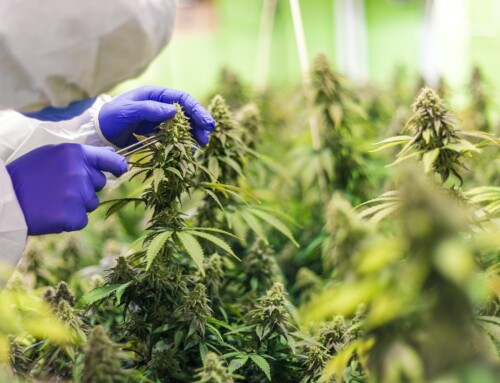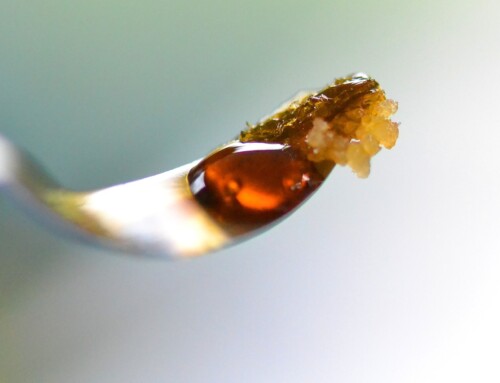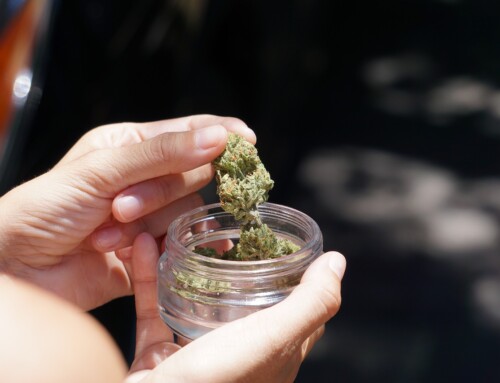Cannabis Vaping vs. Smoking: Exploring Methods and Devices
Introduction:
As cannabis consumption becomes more prevalent, individuals have a range of options to choose from, including vaping and smoking. Both methods offer distinct experiences and benefits. In this article, we will delve into the world of cannabis vaping and smoking, exploring the methods involved and the devices commonly used for each.
Cannabis Smoking:
Smoking cannabis involves the combustion of the plant material and inhalation of the resulting smoke. This traditional method has been popular for centuries and is characterized by its quick onset of effects and distinct flavor profile. Let’s take a closer look at the devices commonly used for cannabis smoking:
-
Pipes:
- Description: Pipes are compact and portable devices made of glass, metal, or wood. They consist of a bowl to hold the cannabis flower and a mouthpiece for inhalation. Pipes offer simplicity and convenience, allowing for a quick and efficient smoking experience.
-
Bongs/Water Pipes:
- Description: Bongs, or water pipes, are larger devices that feature a water chamber for filtration. The smoke passes through the water, cooling it down and removing some impurities. Bongs provide smoother hits and can enhance the flavor of the cannabis.
-
Joints:
- Description: Joints are one of the most common ways to smoke cannabis. They consist of ground cannabis rolled in rolling papers. Joints offer simplicity and portability, allowing for easy consumption on-the-go.
-
Blunts:
- Description: Blunts are similar to joints but are rolled with tobacco leaf wrappers or cigar wraps. The tobacco leaf adds flavor and can intensify the effects of cannabis. Blunts are known for their slow burn and potent hits.
Cannabis Vaping:
Vaping cannabis involves heating the plant material or concentrated extracts to a temperature that vaporizes the cannabinoids and terpenes without combustion. This method has gained popularity due to its perceived health benefits and customizable experiences. Let’s explore the devices commonly used for cannabis vaping:
-
Vaporizer Pens:
- Description: Vaporizer pens, or vape pens, are compact and discreet devices that heat cannabis oil or concentrates. They consist of a battery, heating element, and a cartridge or chamber for the cannabis extract. Vape pens offer convenience and portability, allowing for discreet and on-the-go consumption.
-
Portable Vaporizers:
- Description: Portable vaporizers are slightly larger devices that offer more temperature control and versatility. They can vaporize both cannabis flower and concentrates. Portable vaporizers provide a more customizable experience, allowing users to adjust the temperature to optimize flavor and effects.
-
Desktop Vaporizers:
- Description: Desktop vaporizers are larger devices designed for home use. They typically feature advanced temperature control and precision heating mechanisms. Desktop vaporizers offer a high-quality vaporizing experience, delivering potent and flavorful hits.
Benefits and Considerations:
Cannabis Smoking:
- Quick onset of effects
- Distinct flavor profile
- Wide availability of devices
- Potential health risks associated with combustion and smoke inhalation
Cannabis Vaping:
- Healthier alternative to smoking
- Customizable experiences with temperature control
- Discreet and portable options available
- Requires additional equipment and maintenance
Conclusion:
Both cannabis vaping and smoking offer unique experiences and have their own sets of benefits and considerations. Smoking provides quick effects and a distinct flavor profile, while vaping offers a potentially healthier alternative and customizable experiences. Whether you prefer the simplicity and tradition of smoking or the convenience and control of vaping, it’s important to choose the method and device that aligns with your preferences and desired cannabis experience. Remember to consume responsibly and be aware of the legal regulations surrounding cannabis in your jurisdiction.





